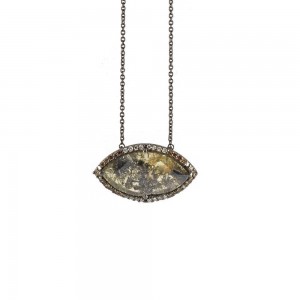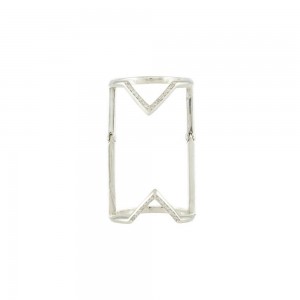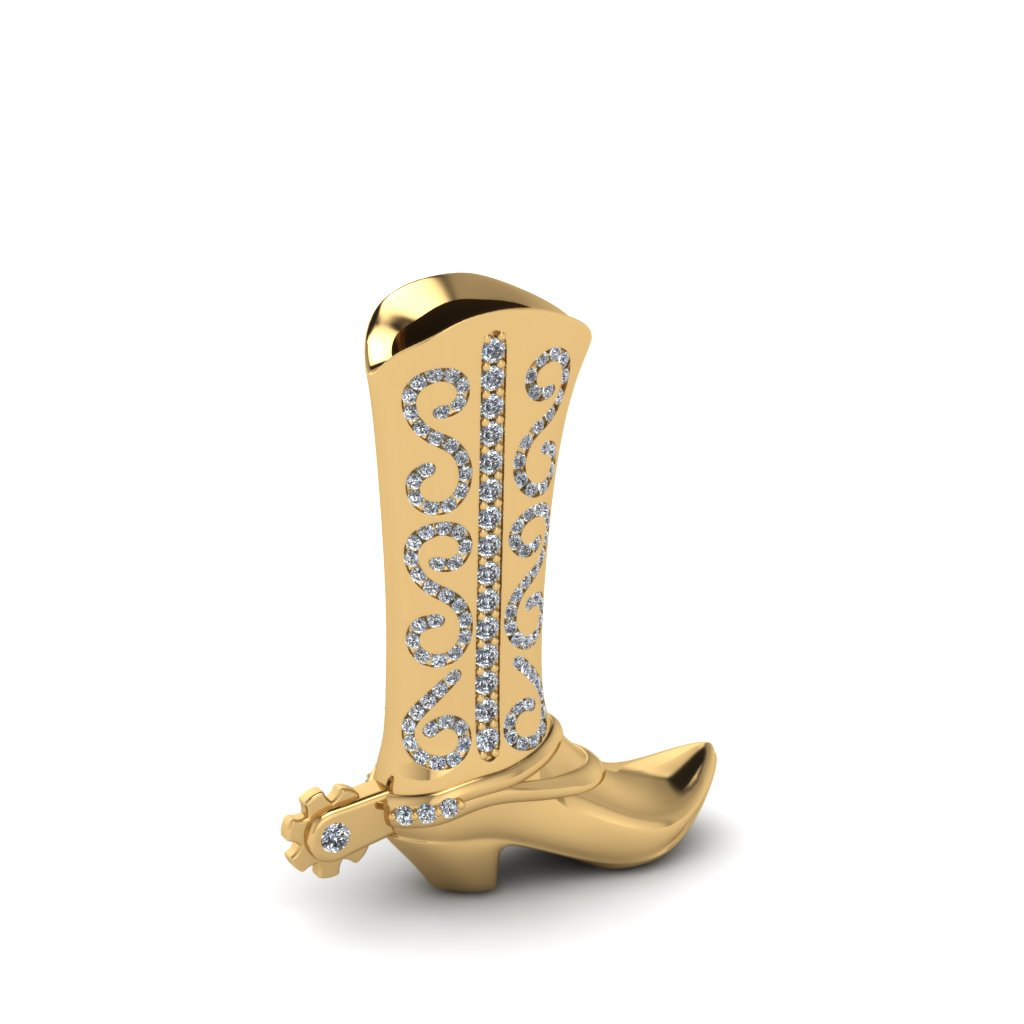My how the “hot metal of choice” pendulum has swung over the last few decades. I recall when I first arrived in Texas in the late 70’s 14 karat yellow was definitely the “golden child” of the precious metals. It seemed that even the engagement business revolved largely around yellow gold and basked in the warmth and richness that it seemed to symbolize. Looking back I believe that most yellow gold jewelry designs still conjured up images of doubloons spilling from treasure chests, bullion in stacks in the treasury vaults or nuggets of gold found by panhandlers in the river beds of California. For some it seemed to hold the tacit stamp of approval of exotically named European designers who filled the cases of the fashionable boutiques with sumptuous creations in the 18 karat variety of this opulent material. In those days, for many bridal customers. Platinum was simply the metal that our Grandmothers had celebrated.
Little did we know that during the nineties we would be once again hoisting our flask temperatures by 150 degrees Fahrenheit for white gold casting and rolling out the “big torches” (or induction coils….) that are required to achieve the extreme temperatures necessary to melt platinum casting grain. The pendulum had once more swung in favor of the white metals not only for the production of engagement rings, but also for many of the basic staples of a fine jewelry wardrobe. This trend became particularly strong in the case of diamond ear studs, diamond eternity rings, classic straight line bracelets and Riviera necklaces in which yellow gold was correctly believed to adversely affect diamond color. The frequent questions about the differences between 14 and 18 karat yellow gold were soon replaced by discussions centered on the practical and visual differences between 14 and eighteen karat white gold and platinum (and occasionally even palladium). These were questions concerning durability, malleability and metal memory, rhodium plating and maintenance.
Concurrently gentlemen had become enamored of less conventional, more industrial and certainly less “precious” materials to make their personal jewelry statements. There seemed to be an emerging “inverted snobbery” surrounding the price and construction of men’s’ wedding bands. Gentleman who comfortably invested heavily in both time and money in a ladies engagement ring had become virtually dismissive when choosing their own ring, often demonstrating more concern about durability, scratch resistance and lighter materials than either style or value. Today we continue to receive as many enquiries about Tungsten, Titanium, cobalt and stainless steel as we do the more traditional “precious” metals for men’s’ bands.
“And then along came Rose”…………Although popular in Russia in the 19th. Century and here in the early 20th, only during the last fifteen years has rose gold really achieved universal acceptance as an alternative metal for use in both bridal and other jewelry. This was in part spurred on by the introduction of successful collections featuring rose gold from prominent houses such as Cartier and Tiffany & Co.
Here at Dickinson by Design the “hot metal pendulum” of 2015 currently hovers just slightly “white of center”. We have however definitely seen a resurgence of interest in both 14 and 18 karat yellow gold over the last decade. Popular fashion jewelry designers have created pieces in yellow with a more greenish overtone and some customers are intrigued by the higher ratios of gold to alloy that are the norm in other countries. It is normal to discuss hue and shade and we are more often called upon to blend alloys to achieve subtle differences in tone.
Has the ever shifting web based ocean of fashion alternatives that constantly washes over us diluted or reinforced the “power of the trend”?
The pendulum swings……..





